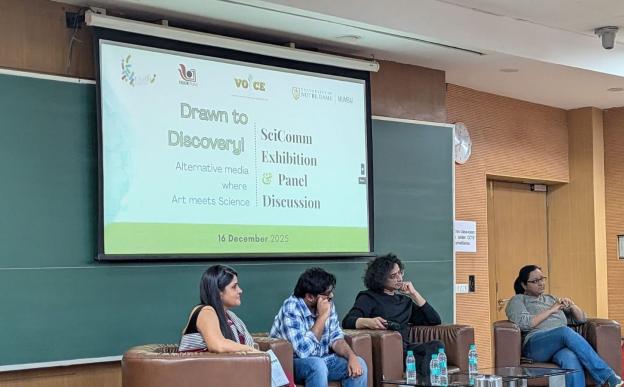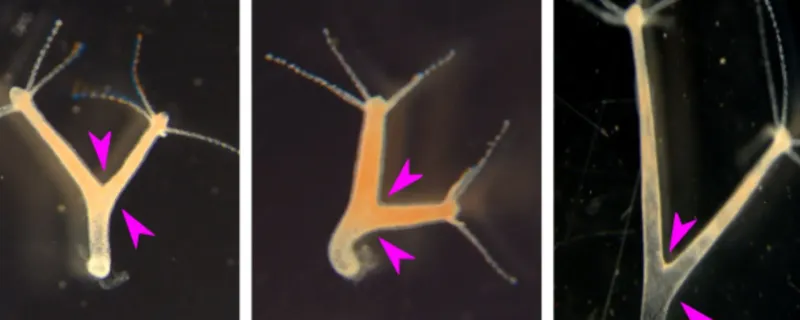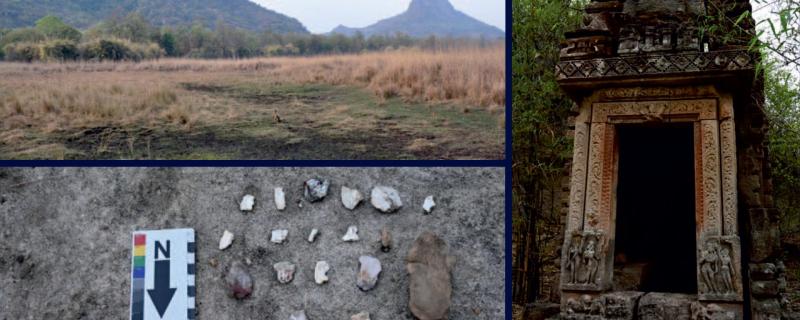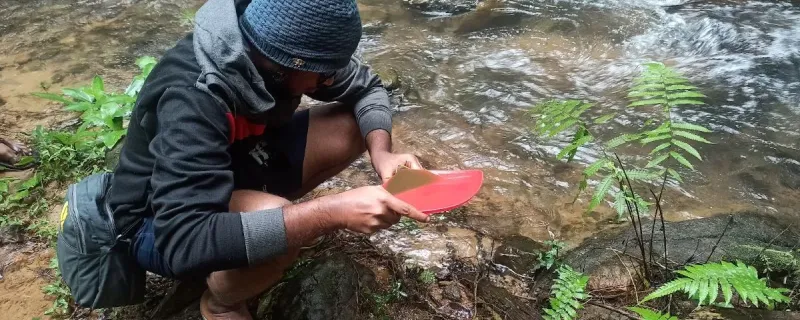The study found that the protein Tropomodulin-1 (TMOD1) and the FGFR-ERK signalling pathway are the essential molecular machinery that physically separates a mature Hydra bud from its parent.
The Indian Institute of Science Education and Research (IISER) Pune on Tuesday launched the VOICE Fellowship 2025
Pune/






